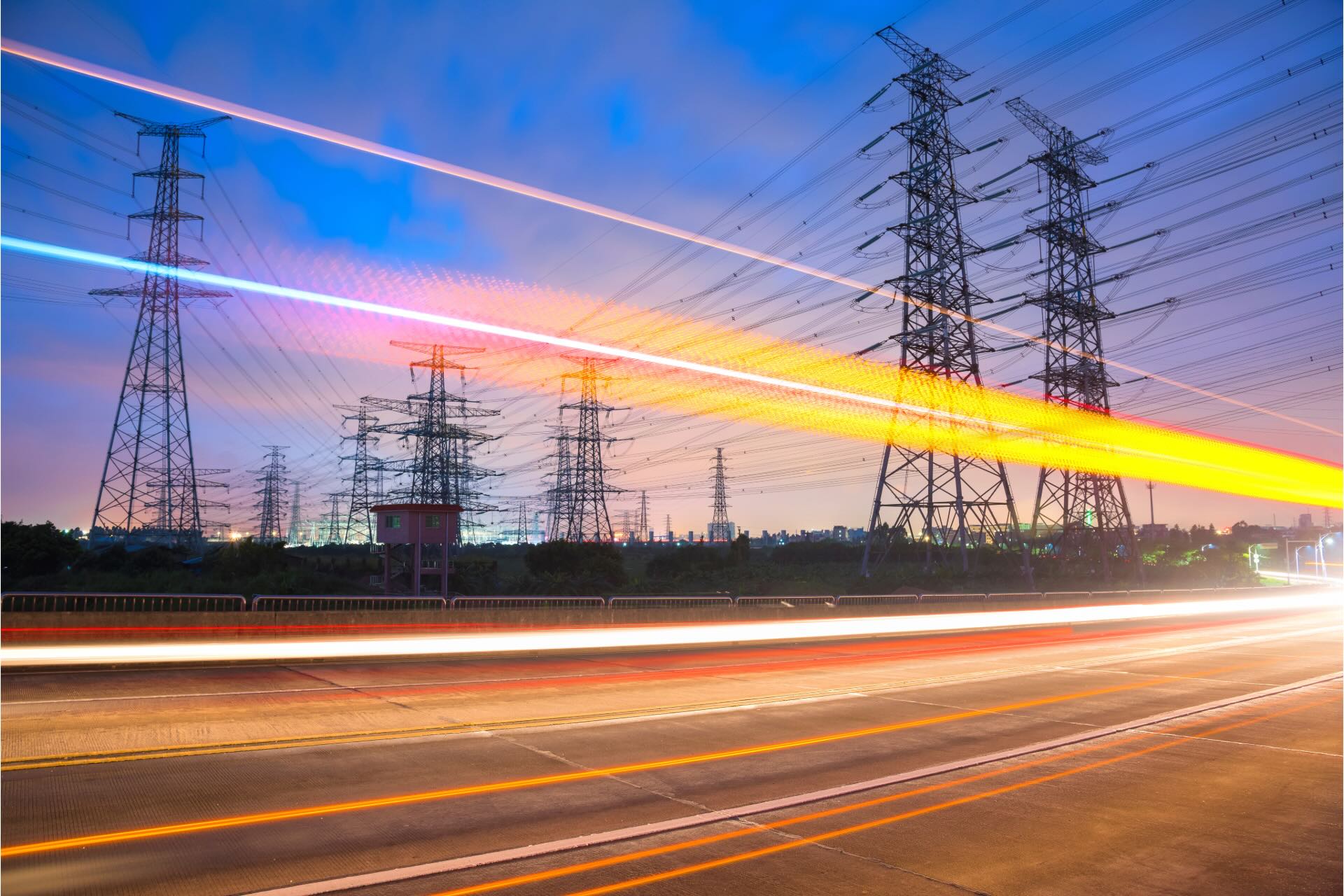The Demand Flexibility Service is evolving – and it’s a potential revenue stream for your business. We explore some of the changes to the scheme, which went live 27 November 2024.
The Demand Flexibility Service (DFS) was introduced in 2022 by the National Grid in its capacity as the Electricity System Operator (ESO). The scheme was designed to manage the UK’s increasing power demand ahead of the winter period, and rewarded businesses and households for shifting their electricity use during peak times, helping to relieve pressure on the national grid.
Around 4.2 million homes and businesses have taken part in the DFS over the past two winters, saving more than 7GWh of electricity. This has saved public money by reducing the need for costly additional infrastructure to manage peak loads, and is contributing to the UK’s net zero goal as the service has mitigated the need to bring gas and diesel power plants online during periods of high demand.
DFS becomes a year-round solution
According to ESO, the energy demand outlook for this coming winter is more optimistic than previous years, which had been jeopardised by Russia’s invasion of Ukraine. Thanks to increased battery storage and greater connections to local distribution networks, the National Grid now has a generation capacity of 5.2GW to manage winter emergencies, up from 4.4GW last winter.
However, the DFS will continue, moving from ‘enhanced action’ to an ‘in-merit margin tool’ that will promote efficient energy markets and support high-demand periods all year round, not just in winter.
This decision follows NESO’s in-depth consultation to obtain feedback and insights from the energy industry. Now that Ofgem has approved NESO’s final DFS proposal, the evolved service is live with a number of key changes and new features.
A changing DFS timetable
Under the previous iteration of the service, participants were told in advance when scheduled DFS events were going to take place. Now, DFS will only be used when it’s more cost effective than alternative energy market solutions, so ESO can’t give an indication of how many times, or when, an event will be called (although it will retain the ability to call scheduled test events if necessary).
ESO is also getting rid of its ‘day ahead’ dispatch signals in favour of ‘within day’ requests only. This means that participants will need to be prepared to shift their electricity consumption the same day the DFS request is issued. ESO says it anticipates most requests will be issued mid to late morning for action during evening energy peaks.
Opportunities to earn more through ‘stacking’
While uncertainty around event frequency and shorter event notice periods may impact participants’ ability to take part in DFS events, a new capacity for ‘stacking’ could make up revenue shortfall. Previously, taking part in the DFS meant forgoing other energy flexibility opportunities on the market. Now, participants can take part in the DFS alongside the Capacity Market and permitted DNO flexibility services, potentially adding further value to their efforts.
New ways to participate
The enhanced DFS now allows providers (energy companies) to offer homes and businesses different ways to take part in DFS events. Participants can choose to ‘opt-in’, where they have to confirm their intention to take part in an event, or they can ‘opt-out’, where they will participate in each event by default, unless they explicitly opt-out. This move is designed to help ESO better anticipate demand and energy-shifting potential – there’s no penalty for participants who don’t cut their consumption as much as expected.
Who can take part in the DFS?
Your organisation can participate if you can reduce or shift your electricity consumption when instructed at peak times. You will also need to be able to:
- Access half hourly metering and settlement for your business. (Half-hourly settlement is not required for businesses in meter Profile Classes 3 or 4).
- Reduce or shift your energy consumption for at least 30 minutes following instruction, typically with 2.5-5 hours’ notice.
How much money can you make with the DFS?
Potential revenue from the DFS depends on a number of factors, including how much energy capacity your business can deliver by reducing or shifting consumption, and the contract or agreement you have with your energy provider. The first phase of the scheme saw a Guaranteed Acceptance Price of £3/KWh. Under the evolved DFS this figure will be dynamic in line with changing market conditions.
How to take part in the DFS
Businesses can participate through different routes:
- Directly with NESO if the flexibility capacity of your business is over 1MW.
- Through your electricity supplier if they are a registered provider. (NESO will publish a full list following Ofgem approval).
- Via an aggregator or trusted third party.












